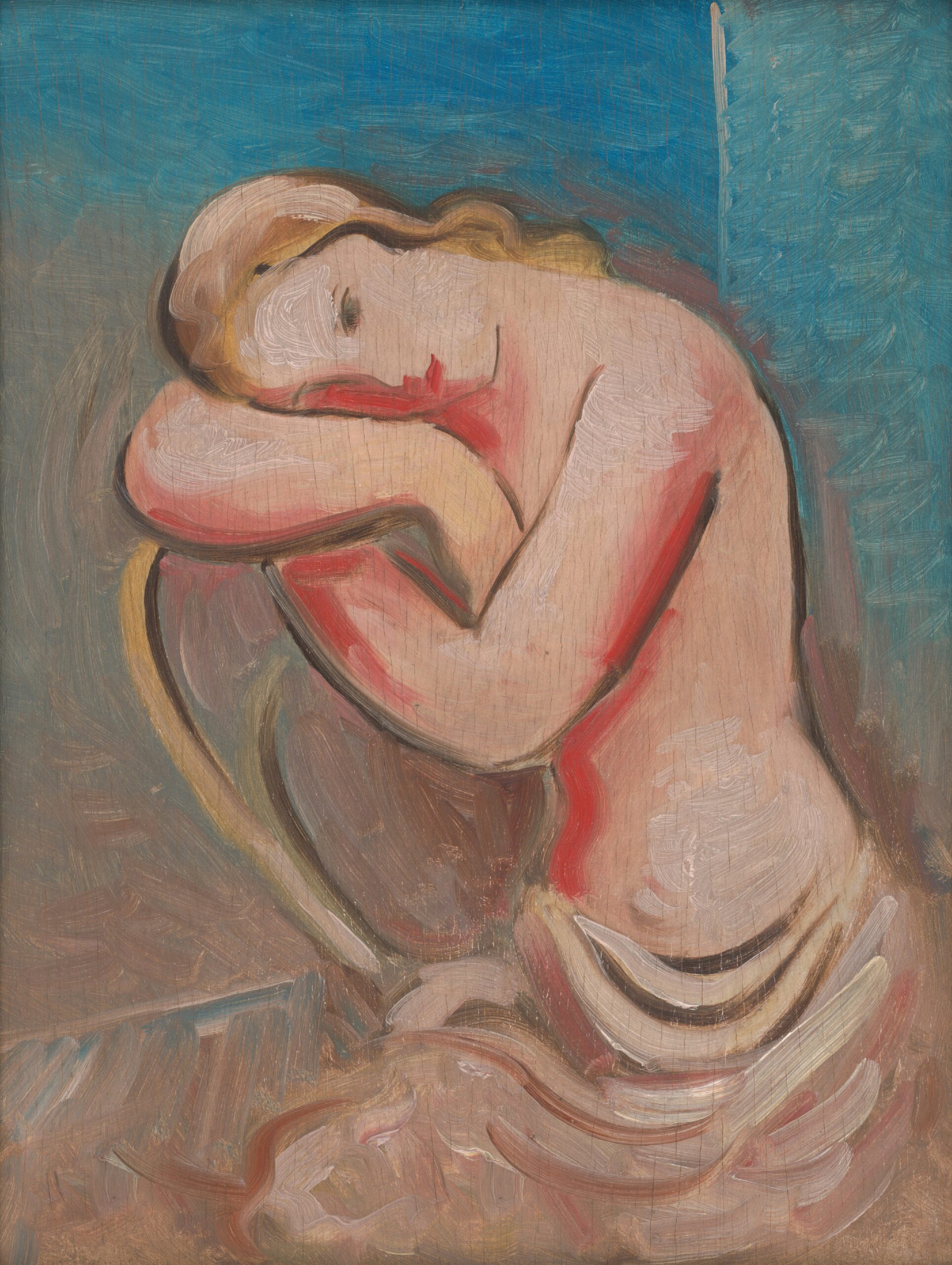Matthew Rye
Deputy Sports Editor
Twitter: @matt_rye
It’s Day 5 at Lords and Stuart Broad of England is bowling from the Nursery End to Suresh Raina of India. The ball pitches full and strikes the Indian batsman on the pads in line with middle stump. The England team leap in the air thinking they’ve nabbed a cheap, vital wicket via LBW. Broad turns slowly to umpire Billy Bowden, wide-eyed and finger pointing skyward, screaming “Howzat?!”, the standard protocol for appealing.
Bowden unflinchingly stares down the crease, ignoring the appeal. Broad turns to his captain Andrew Strauss in disbelief, who calls for a DRS review. Bowden reminds Strauss that leg before appeals are not available for the Decision Review System, the latest in a series of systematically backward decision by the ICC and all its subsidiaries.
Under the current regulations, the test series between India and England will not allow for a review of LBW decisions mainly because the Board of Control of Cricket in India (a rather domineering name for an organisation) requested the review system be axed for the international tour. Had the review been taken by Strauss, the HawkEye system would have shown the ball to be, in the words of Michael Holding, absolutely plum.
A cricket enthusiast will tell you that Billy Bowden is among the best umpires in the world. Even in this test match he has performed well. His decisions are almost always proven correct by the new technology, and his natural showmanship provides both light entertainment for the persevering crowd, and commentator fodder for Bumble and Beefy. But this was not one of his better arbitrations, and is precisely what the system was introduced for. So Bowden can return home and not be embarrassed by what he sees, and so Stuart Broad won’t complain after the match that he was cheated out of his first five-wicket haul at Lords.
The BCCI declared the technology to be a gimmick when it was first implemented during England’s tour of Australia in 2011. They believe it to undermine the opinion of the on-field umpire. Most umpires believe the system to be helpful, as consistent reviews can help them to purify their decision making. The only reservation the officiating community had about the HawkEye project was against the technology itself, criticising it for being an amalgamation of human decision and camera when the ball makes contact further away from the stumps, a flaw which has been purged with the introduction of the 2.5 metre rule.
The enjoyment it gives to fans as an entertainment factor can’t be overlooked. It effectively builds atmosphere and suspense in a climate which is typically mellow, and many spectators like this change of pace. It gives, both Test and One-Day International cricket, more moments of nail-biting tension which are sorely sparse in this sport.
What’s more puzzling to avid fans of the sport is why the BCCI has a problem with the technology so abruptly. After all, India played in, and indeed won a Cricket World cup with the DRS in place. The ICC World Cup, played in India and on the South Continent, provided the perfect testing ground for the technology, which turned out to be a smash hit for the International Cricket Council. The players liked the DRS for its tactical implications, and the umpires liked the chance to be proven right, which was absolutely a regular occurrence. Statistics from the World Cup show that only 14% of reviews were overturned, and that Ireland didn’t have a successful review in the entirety of the tournament. This shows that, while the umpires are seldom incorrect, it’s necessary to incorporate more sophisticated techniques to remove all possible human error from the game.
Another blindingly obvious flaw in this new system was identified about 30 seconds after Stuart Broad’s appeal was turned down. He simply walked over to his team’s balcony, checked with his coaching staff, who had live Sky Sports coverage on and confirmed the misread. Broad is now perfectly entitled to begrudge the umpires, as he feels he’s been cheated out a plaque on the Honours Board at the Home of Cricket.
Much is said about the spirit of cricket and why it’s the greatest sport in the world because of the way the game is played. There’s no tactical injuries, no diving, no playing to send the other team off. It’s just a battle of wits between a dude with a ball and a dude with a stick. But if the ICC continues to plague the world with their misinformed delusions in order to satisfy the needs of their greatest consumer, where is the spirit in that? And if a top-rated team like Pakistan has several players indicted because of match-fixing, where’s the spirit in that? And if the game can’t be made fairer by a technology that is correct approximately 99. 99874% of the time, how can they say they are the greatest sport in the world? Cricket could be admired for its modern progression, for its ability to incorporate technology into sport to a much higher extent than most sports. Maybe, one day they will revert their thinking. And I pray it’s before Stuart Broad takes 5 wickets at Lords.







